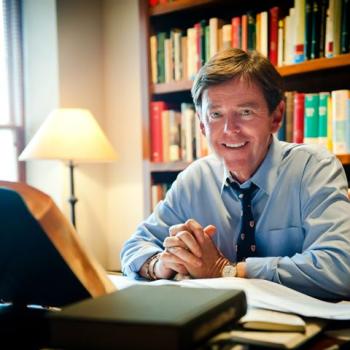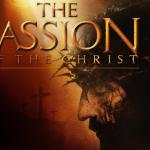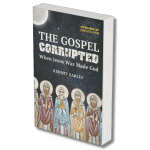The more seriously one takes the Bible, the more seriously one should be willing to wrestle with its internal complexities.
The Bible is a remarkable collection of countless people’s perspectives from a broad range of locations over the course of centuries. In this amazing assortment of texts, we see all of these different people — individuals and groups — reflecting on who they are, who their God is and how they see the relationships between themselves, their God, their land, their neighbors and more.
This is not a matter of liberal vs. conservative interpretation of the Bible. Anyone who wants to read the Bible with care — Jewish, Protestant or Catholic, liberal or conservative, academically inclined or less so — should honestly engage the variety of voices the Bible contains. Liberal and conservative readers can interpret texts wisely, reasonably, and still differently from one another, but one approach that is not intellectually supportable is the attempt to harmonize the Bible’s many voices all into one.
I am prompted to write this after observing a pattern in some of the responses to my recent piece, “Biblical Standards for Marriage,” in which I addressed the range of models for marriage within the Bible. Many comments simply insisted, “The Bible says marriage is between one man and one woman,” rather than actually engaging with the texts that portray marriage otherwise (even if disagreeing with my conclusions). Although it may be human nature to (subconsciously) explain away the views that do not conform to one’s own and to highlight the views that do, the thoughtful reader must be willing to deal with the Bible’s internal diversity.
Read the rest here















